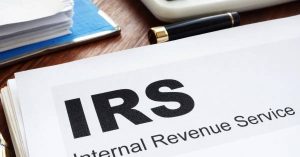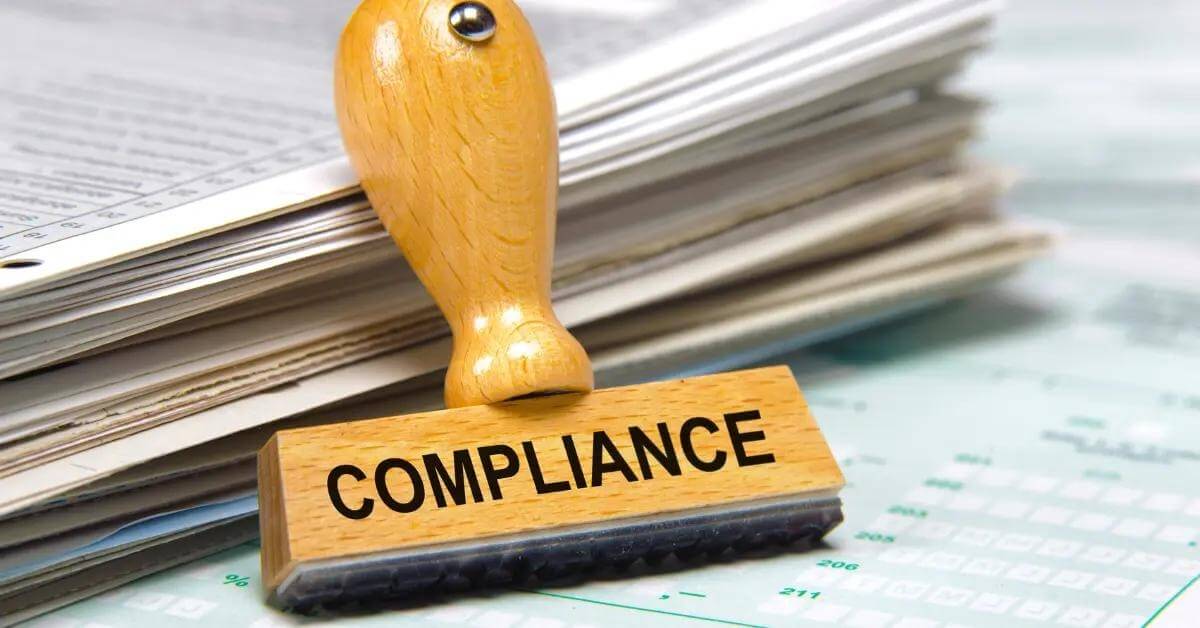If you’re worried about capital gains tax, you might be surprised to know that the capital gains tax rate averaged only 7 percent from 1970 to 2009?
The highest statutory federal tax rate was more than 39% in 1978. It was down to 20% by the nineties, where it remained the average capital gains tax rate today.
Now the rate is based on a number of factors including income and marital status. But the good news is that the rate is nowhere near those crazy rates in the late 1970s.
Now investors are more savvy at looking for ways to avoid paying that capital gains tax if possible.
If you’re thinking of selling an asset next year, you can reduce the tax on your capital gains today. Read on for a quick guide to capital gains taxes and what you can do to lower your tax obligation.
What Is a Capital Gains Tax?
Before you can understand a capital gains tax, you need to understand the basic concept of capital gains. When you buy something, then sell it later for more, you have in simple terms had a capital gains.
Like when you make income from your wages and pay taxes, the IRS also expects you to pay taxes on the gains from your investment, hence the capital gains tax.
The IRS considers most things you own to be an asset available for taxing if there’s a profit when sold. The cost basis, more on this later, is subtracted from the sale price to determine if there’s a capital gain or a capital loss.
Short Term Capital Gains vs Long Term Capital Gains
Like income tax brackets, determining your taxable rate, there are also a variety of factors to know about when you consider the capital gains tax.
It’s important to understand the difference between and short term capital gains and a long term capital gains and how it impacts how much tax you pay.
In simple terms, a short term capital gains is one where the asset was owned for a year or less. Typically, these gains are taxed at a higher rate. This is one of the reasons why most financial advisors and tax specialists will advice holding assets for longer periods of time.
Long term capital gains when an asset is sold after ownership for a longer period of time. Typically, you can expect the taxable rate to be lower on a long term capital gain than a short term one.
How Capital Gains Taxes Work (examples)
So, now that you understand some basics, you might be wondering how much is capital gains tax? Again, there isn’t quite a simple answer since it’s based on the yearly tax rate established by the IRS and a then a number of personal factors from you.
These would include your IRS filing status and your income.The higher your income, the higher the taxable rate.
Let’s use a hypothetical example to understand how this capital gains tax works. Say you bought the ABC stock for $20 per share. You kept the stock for several years and sold all 100 shares you bought for $45 per share.
Your initial investment was $2,000 and when you sold you made $4,500, Your capital gain is $2,500.
Now, you need to consider your capital gains tax. If you’re married and filing jointly and make $200,000 a year, your tax rate will be 15%. This means your capital gains tax is $375, unless you can find some options to offset that tax.
How Much is Capital Gains Tax?
Ultimately, the amount of capital gains tax you owe depends on a variety of factors such as the amount of the gain, type of security, your income bracket, and other factors. In general, investors can expect to pay either 0%, 15%, or 20% on their capital gains depending on their income level. It is important to consult with a professional tax advisor or accountant to understanding how capital gains taxes work for you specifically.
Home Sale Exclusions
The IRS does have provide an exclusion for your home. While it is an asset, it’s taxed differently if you sell it, in most cases.
The home would need to be your primary residence and one that you’ve lived in for more than two years.
If you make a capital gains when you sell the house, you can exclude up to $250,000 in capital gains from getting taxed.
Understanding Capital Gains Basis
Now is a good time to revisit capital gains basis. When you own a property, it’s not uncommon to invest in capital improvements on the property.
When considering a capital gain, you don’t simply look at the price you paid for the property.
The capital gains basis is the amount you paid for a property plus capital investments you’ve made to the property. This amount is then subtracted from the amount you sold it for to get to the capital gains number.
The basis number is important to remember for the sale of property because it impacts the capital gains amount for tax purposes.
Reporting and Paying Capital Gains
Just like you report other sources of income of your tax return, you do the same for capital gains. It is reported on your tax filing using Schedule D.
Any capital gains or losses are reported on your tax form on Form 1040, line 7. Unlike some of your other income, like wages, for example, you haven’t paid taxes on those capital gains yet.
This is where the capital gains tax becomes a factor and where if you’ve had significant gains throughout the year, you want to use some strategies to try to lower that tax burden.
10 Strategies for How to Reduce Capital Gains Tax
If you’re wondering how to avoid capital gains tax legally, there are several strategies you can employ with your asset management for decreasing capital gains tax.
Capital gains tax can be a tricky thing to navigate and one of the most important tax strategies for investors is understanding how best to manage it. The most popular strategies for capital gains taxes involve deferring them as much as possible, allowing investments to grow over time without being overly burdened by taxation.
One of the most often used capital gains tax strategies is staggered selling, or spread out sales of investments over time instead of all at once. This allows you to benefit from long-term capital gains rates which are often lower than short-term ones. Additionally, there are opportunities such as investing in index funds during low points in markets or taking advantage of tax-loss harvesting when securities have declined in value and can be sold at a loss to offset high capital gains tax rates.
For those looking for more advanced techniques, there are more sophisticated options such as qualified Opportunity Zone Funds (QOZs) which allow investors to reinvest their capital at no cost and take advantage of sizable tax savings. No matter the strategy you choose, knowledge is key when it comes to minimizing your capital gains taxes and maximizing your investment outcomes.
Let’s take a deeper dive into the top 10 strategies for reducing capital gains tax:
1. Wait to Sell
One of the simplest strategies, if possible, is to hold on to your assets longer. Avoid paying the short-term capital gains tax rate by waiting longer than a year to sell.
Remember, the taxable rate is lower for long-term capital gains.
For long-term investors, they might even opt to wait until retirement before attempting to sell any assets because then not only will they likely have a long-term capital gains, but they are also likely to be in a lower income tax bracket in retirement.
2. Time Your Losses With Gains
Another important offset tax strategy is look at your whole asset picture. Don’t consider sales of assets singularly.
Instead, if you know you have a capital gains on a stock you plan to sell, consider if you also have any loses.
Let’s say the stock you plan to sell has had a 15% gain. Yet, you have another you hope to get rid of with an 8% loss. You can use the loss to help you offset the tax burden for the gain from the other sale.
This is an important time to support working with a trusted tax person and financial advisor who can help you to time the sale of your assets to your advantage.
3. Sell When Income Is Low
Remember, part of determining what rate you’ll pay for a capital gains tax is based on your income. So, you want to consider when you make a sale that will net a gain based around income.
If you or spouse lose a job or are about to retire, you want to wait until you’ve lowered your yearly income before realizing the capital gains so you’ll be taxed at a lower rate.
For example, a single person making around $40,000 in income pays 0% for capital gains in 2022. Yet, when they make over around $42,000, they will pay 15% in capital gains tax.
4. Use Retirement Accounts
One option for lowering your tax liability is to invest into retirement accounts instead of other options where you’re more likely to get taxed. Options might include:
- 401(k)
- 403(b)
- Individual retirement account (IRA)
These type of accounts save you because money goes into the investment pretax and lowers your overall income tax burden.
These accounts are ones you pay taxes on when you take the money back out in retirement. At that point, your income is lower, so you’ll pay less taxes on the funds.
These types of funds still allow you to move money to different investment options to grow your money over time without having to pay the capital gains tax.
5. Asset Location and Investment Option
Going one step further when considering retirement accounts is the idea of asset location.
For example, those tax advantaged accounts like 401(k)s, IRAs, 529s, HSAs and irrevocable trusts are ones where you want to use more actively traded positions because you are under the tax shield.
For those investments where you don’t have that tax advantage, use less tax-efficient investments. Then buy and hold them to avoid the capital gains tax.
6. Invest in Index Funds
Many financial advisors and experienced tax attorneys will encourage investing into index funds. An index fund is a type of mutual fund or exchange-traded fund (ETF).
These are desirable because they match or track the components of a financial market index.
When you invest in an index fund, like a mutual fund, you get a portfolio of stocks or bonds versus buying a bunch of separate stocks.
When you buy and sell an individual stock, you’ll pay the capital gains. You can move money around in an index fund without the penalty of the capital gains. You can also calculate mutual fund distribution to a time when you’ll face the smallest tax burden.
7. Invest in Growth Stocks
Another interesting option for investing is to consider buying into a growth stock. A growth stock has allure because these are stocks that are expected to grow at a faster rate than the rest of the market.
In many cases though, the growth stock will not pay a dividend to you. Instead, any profit realized by the company will get reinvested back into the company for additional growth.
Because these stocks have the potential for great growth, you can make a nice profit from them. You don’t have to pay any taxes on dividends, so you’re not adding to your income until you opt to sell them long-term.
8. Use Tax-Loss Harvesting
Earlier, it was mentioned to use your losses to offset your gains. You might have wondered why you’d sell for loss.
This is a tax strategy referred to as a tax-loss strategy. With the tax-loss strategy you intentionally sell some assets for a loss, knowing it will help to offset other gains.
The idea is named for harvesting your losses to be used for offset. You want to pay attention to wash sale rules. This means within a short period of selling, you can turn around an invest back into something identical. This would forfeit the loss.
You also want to pay attention to attention to cost basis calculations. If you haven’t purchased all of the particular stock at one time, you’ll have likely paid different amounts. The IRS will expect you to account for this when tax-loss harvesting.
9. Gift Assets
If you’re in a position where you don’t need to sell an asset, you might instead opt to gift it. Aside from making you the favorite of the recipient, this is a savvy strategy to avoid the capital gains tax on an investment with high growth.
If you opt to gift a stock to an heir, when you die, the heir will experience a cost basis adjustment. The value of the stock on the day you die becomes the new basis value of the stock for when they opt to sell the asset.
You can also gift assets to charities.
10. 1031 Exchange
If you own property that’s not your primary residence, you can also use a 1031 exchange to avoid paying a capital gains tax.
When you do a 1031 exchange, you sell one property and then must reinvest the gain into another property, and therefore avoid paying the capital gains tax.
This is a savvy way to avoid paying temporarily while growing a real estate portfolio. The rules, though, for a 1031 exchange are very specific and must be followed exactly to avoid the tax implications.
Use These Strategies to Avoid Large Capital Gains Tax Bills
While your goal for investing is almost always to grow your money for the future, you also might be able to avoid some tax liability by doing it wisely. You can use these strategies to help you avoid large capital gains taxes.
We have qualified tax attorneys who specialize in the handling of capital gains taxes and how to offset them. Contact us today to get help from one of our experts.








